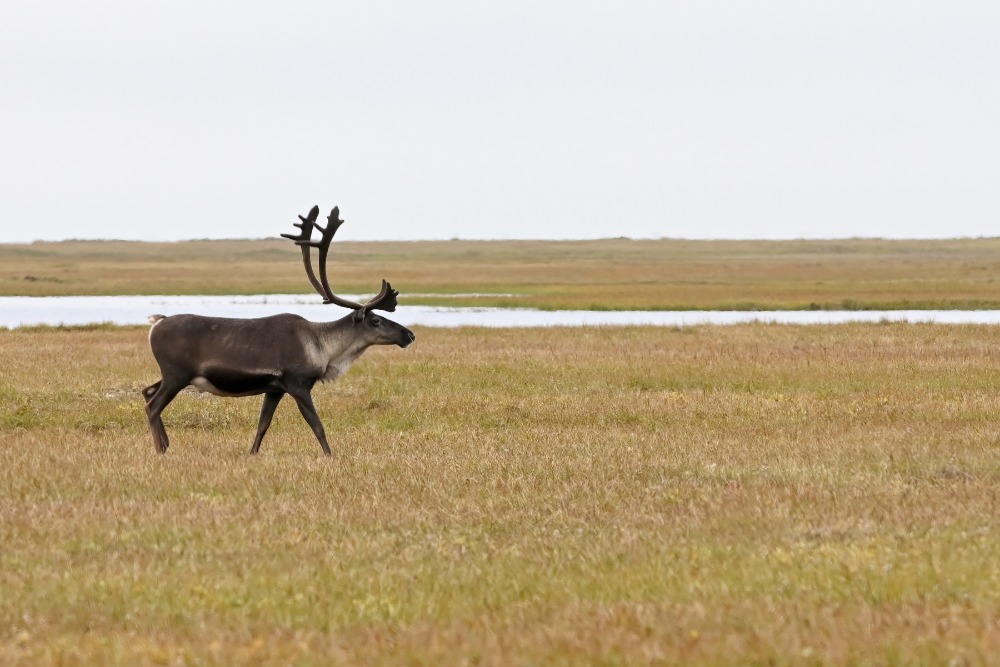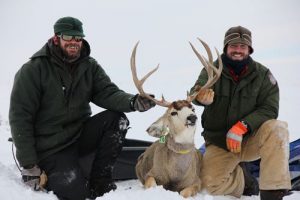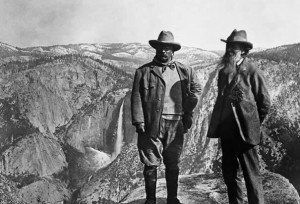In an attempt to revive the Mulchatna caribou herd in southwestern Alaska, the state’s Department of Fish and Game has undertaken what is believed to be the nation’s largest brown bear culling in recent history.
With the herd declining from nearly 300,000 caribou to roughly 12,000 today, officials are taking extreme measures to not only prevent future declines, but to help the caribou population recover. As part of that plan, officials green lit a culling plan that saw 94 brown bears, five black bears and five wolves removed from the landscape.
“It could be one of the largest government-backed killings of brown bears in the nation’s history,” Rick Steiner, a retired University of Alaska professor, said.
As with any government-backed culling of wildlife, it wasn’t without objection from those against science-based hunting and wildlife management practices. While no one can be sure of the effects of a cull of this size, those at Game and Fish believe that concentrated efforts in calving areas have proven to be effective in the past.
Past research has shown that roughly 20% of newborn calf mortality is the result of bear predation, but officials have admitted that they have had difficulty nailing the exact number of bears in the area.
“Though we lack estimates of black or brown bear densities, [they are] frequently observed on the calving grounds,” state biologists wrote in a recent report. “Thus, reducing the number of bears on and immediately surrounding the calving grounds immediately prior to calving may have a substantial impact on neonate survival.”
In addition to predation, state officials are not hiding the fact that there are a number of other factors attributing to the decline in caribou populations. Lack of available food is believed to be an even bigger contributor to the decline as well as threats from wildfires and diseases such as brucellosis. In what seems to be a perfect storm, it’s difficult to nail down the issue to one lone culprit such as predation.
It’s here where much of the opposition to the culling comes in. For those that see culling as a last ditch effort, many believe that it was placed front and center as a band-aid approach to a situation that might require some sort of surgery.
From where we (and many wildlife biologists sit), making lichen grow at a faster rate (it’s notoriously slow at the moment) and slowing the spread of disease are far more difficult problems for us to physically contend with. When it comes to predation, there are measures, such as culling, that have been proven to help ailing populations of elk, deer and caribou rebound.
As with any program that involves the removal of large predators, a wait-and-see approach is necessary. With the culling now in the rearview, officials from the Alaska Game and Fish Department are doing just that and monitoring the situation closely.




